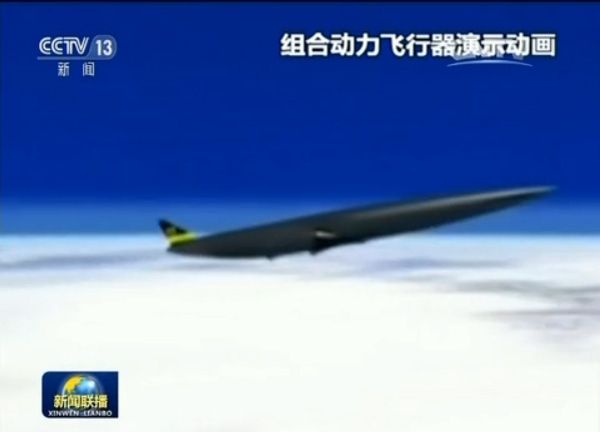Continuing on with NASA’s trend of contracting work out to private companies, they have just started accepting bids and designs to create space habitats. The habitat selected will eventually house astronauts in future space missions, and possibly those that go to Mars. In their initial announcement, NASA has shown 6 different companies along with each’s design. This is all part of the NextSTEP-3 program.
Category: space travel
Mars Cube One (MarCO) Mission Overview Engineers for NASA’s MarCO technology demonstration check out a full-scale mechanical mock-up of the small craft in development as part of NASA’s next mission to Mars. Mechanical engineer Joel Steinkraus and systems engineer Farah Alibay are on the team at NASA…
https://youtube.com/watch?v=Ndpxuf-uJHE
Commercial space travel is about to become a reality brought about by many private companies bent on taking their earthbound successes into space. The FAA is now open to granting permits to private companies to travel into space. It is hoped that this activity will lead to the colonization of Mars.
Elon Musk of SpaceX has the goal of beginning the colonization of Mars in the next decade. He plans to make commercial space travel and colonization a reality in his lifetime, according to The Washington Post. Mr. Musk is the mastermind behind both Tesla and SpaceX. He is one of the most brilliant minds of our time. An innovator and businessman, Elon has a track record of making dreams a reality and turning his plans into tangible results. Comparing his project to the colonization of America, Mr. Musk explains why he thinks people will agree to move to mars.
“The months-long journey is sure to be hard, risky, dangerous, difficult, [but] just as with the establishment of the English colonies, there are people who love that. They want to be the pioneers.”
It’s a scouting mission. I wonder how much this will cost since this is not a sample return.
Asteroid mining company Deep Space Industries (DSI) has announced the first commercial mission to a near-Earth asteroid, with launch planned by the end of the decade.

Deep Space Industries has announced its plans to fly the world’s first commercial interplanetary mining mission. A spacecraft known as “Prospector-1” will fly to and rendezvous with a near-Earth asteroid, investigate the object and determine its value as a source of space resources. This mission will be an important step in the company’s longer term plans to harvest and supply in-space resources to support the growing space economy.
1™, the world’s first commercial interplanetary mining mission, will fly to and rendezvous with a near-Earth asteroid to determine its value as a source of space resources. The destination asteroid will be chosen from a group of top candidates selected by the world renowned team of asteroid experts at Deep Space Industries.
Once the spacecraft arrives at the asteroid, the autonomous spacecraft will map the surface and subsurface, taking visual and infrared imagery and mapping overall water content. With the initial science campaign complete, Prospector-1 will use its water thrusters to gently touch down on the asteroid, measuring the target’s geophysical characteristics.
Prospector-1 is a small spacecraft that strikes the ideal balance between cost and performance. In addition to radiation-tolerant payloads and avionics, all DSI spacecraft notably use the Comet line of water propulsion systems, which expel superheated water vapor to generate thrust. Water will be the first asteroid mining product, so using water as propellant will provide future DSI spacecraft with the ability to refuel in space.
But, using an assumption that a wormhole can be found at the middle of a black hole, a group of Portugese researchers modelled how objects like a chair, a scientist and a spacecraft would be able to withstand the journey through it.
‘What we did was to reconsider a fundamental question on the relation between the gravity and the underlying structure of space-time,’ Diego Rubiera-Garcia, lead author from the University of Lisbon, Portugal, said.
‘In practical terms, we dropped one assumption that holds in general relativity, but there is no a priori reason for it to hold in extensions of this theory.’
An accurate method for spacecraft navigation takes a leap forward today as the National Physical Laboratory (NPL) and the University of Leicester publish a paper that reveals a spacecraft’s position in space in the direction of a particular pulsar can be calculated autonomously, using a small X-ray telescope on board the craft, to an accuracy of 2km. The method uses X-rays emitted from pulsars, which can be used to work out the position of a craft in space in 3D to an accuracy of 30 km at the distance of Neptune.
Pulsars are dead stars that emit radiation in the form of X-rays and other electromagnetic waves. For a certain type of pulsar, called ‘millisecond pulsars’, the pulses of radiation occur with the regularity and precision of an atomic clock and could be used much like GPS in space.
The paper, published in Experimental Astronomy, details simulations undertaken using data, such as the pulsar positions and a craft’s distance from the Sun, for a European Space Agency feasibility study of the concept. The simulations took these data and tested the concept of triangulation by pulsars with current technology (an X-ray telescope designed and developed by the University of Leicester) and position, velocity and timing analysis undertaken by NPL. This generated a list of usable pulsars and measurements of how accurately a small telescope can lock onto these pulsars and calculate a location.









